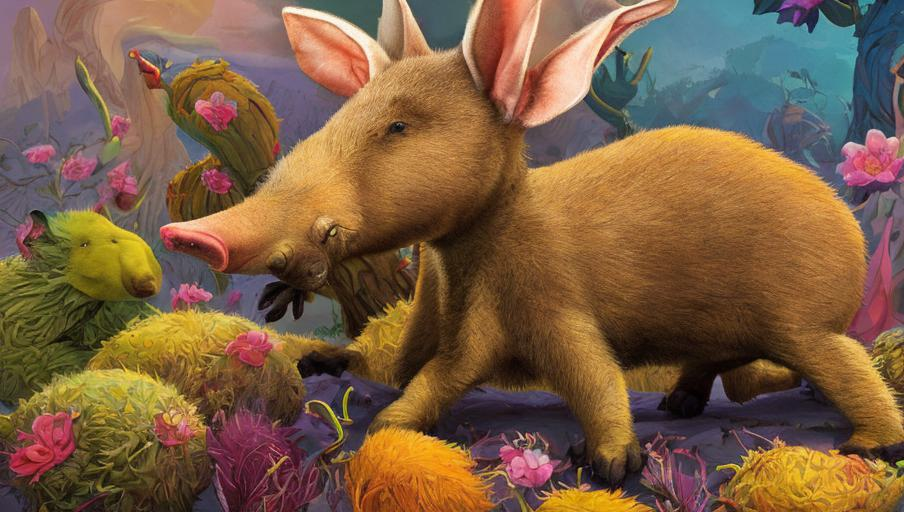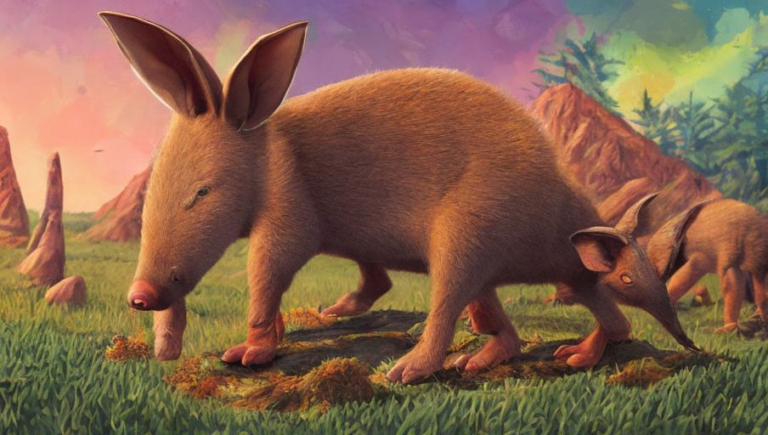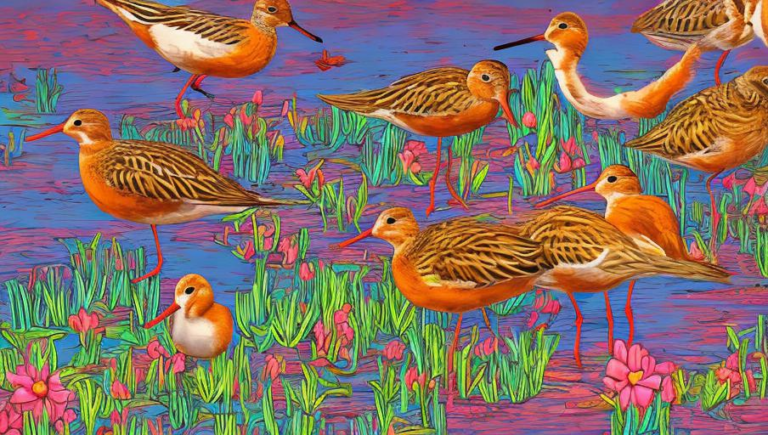Habits and Behavior of the Aardvark

Introduction to the Aardvark
The aardvark is a species of mammal found in Africa, with a long snout and nocturnal habits. It is the only living species of the family Orycteropodidae, and is the only surviving species in the order Tubulidentata. The aardvark has a number of unique adaptations, such as its long and powerful claws and its ability to close its nostrils when digging for food. It is a solitary animal and prefers to live alone, although it can form small groups of up to six individuals. Aardvarks are mainly nocturnal, but can sometimes be seen during the day.
Diet and Feeding Habits of the Aardvark
The aardvark is an insectivore that mainly feeds on ants and termites. It uses its long, powerful claws to dig into the ground and uncover the ants and termites from their nests. It then uses its sticky tongue to capture the insects. Aardvarks have also been known to eat other invertebrates, such as snails, spiders, and larvae. They also occasionally eat fruits, such as the marula fruit.
Aardvark Behavior and Communication
The aardvark is a solitary animal, but it will form small groups of up to six individuals. These groups are usually formed during the mating season, when males and females come together to breed. Males will establish territories and will defend them against intruders. Aardvarks communicate through scent marking, vocalizations, and physical postures. Scent marking is used to communicate with other aardvarks and to mark territory. Vocalizations are used to communicate with other aardvarks, and physical postures are used to show dominance and submission.
Habitat and Distribution
The aardvark is found throughout sub-Saharan Africa, from the southernmost tip of the continent to the Sahara Desert. It is found in almost any type of habitat, from woodlands and savannas to deserts and rocky areas. It prefers areas with loose soil, as this allows it to easily dig for its food. The aardvark is an important species in its ecosystem, as it helps to aerate the soil and increase its fertility.
Threats and Conservation Status
The aardvark is classified as a species of least concern by the IUCN, but its population is declining due to habitat loss and fragmentation. It is also threatened by poaching, as its meat is considered a delicacy in some areas. The aardvark is protected in some areas, and there are conservation efforts in place to help protect the species and its habitat.
Conclusion
The aardvark is a fascinating species with unique adaptations, such as its long and powerful claws and its ability to close its nostrils when digging for food. It is a solitary animal and prefers to live alone, although it can form small groups of up to six individuals. Aardvarks are mainly nocturnal, but can sometimes be seen during the day. They feed mainly on ants and termites, but can also eat other invertebrates, fruits, and sometimes even small vertebrates. The aardvark is found throughout sub-Saharan Africa, from the southernmost tip of the continent to the Sahara Desert. The population of the aardvark is declining due to habitat loss and fragmentation, as well as poaching, and there are conservation efforts in place to help protect the species and its habitat.





